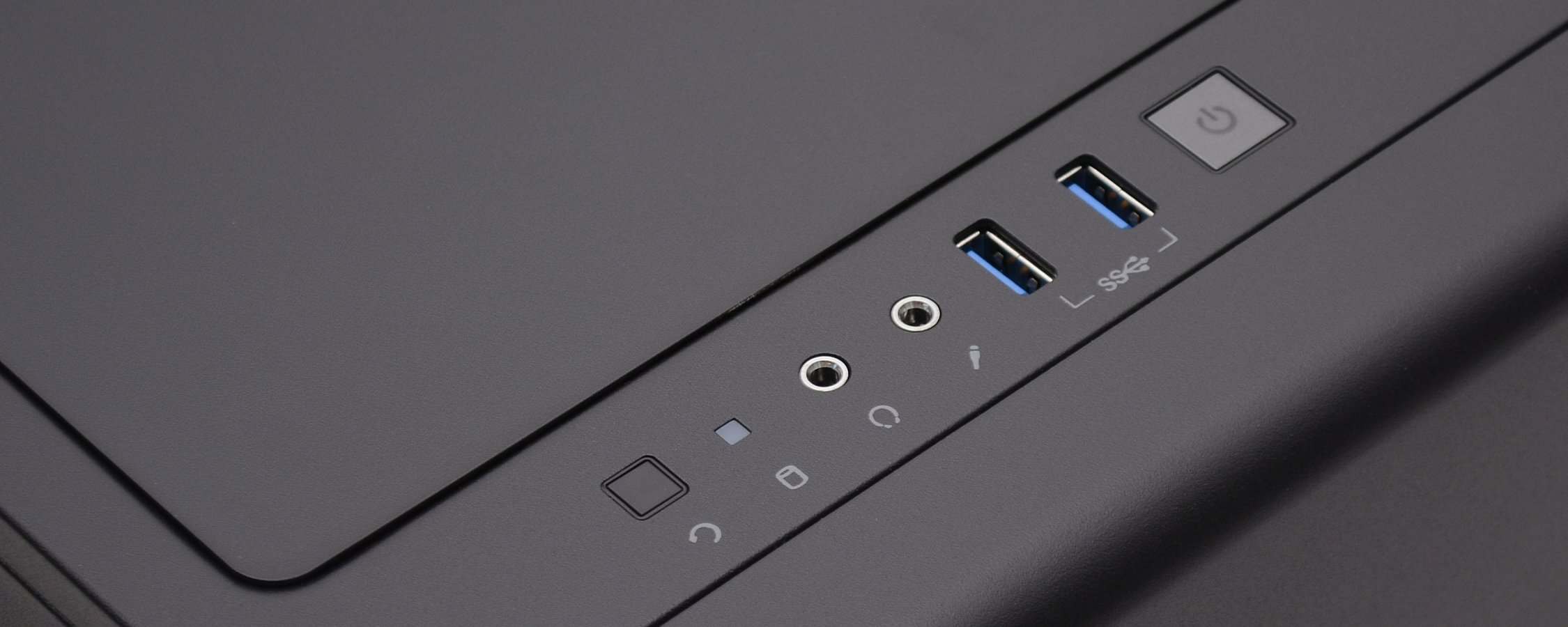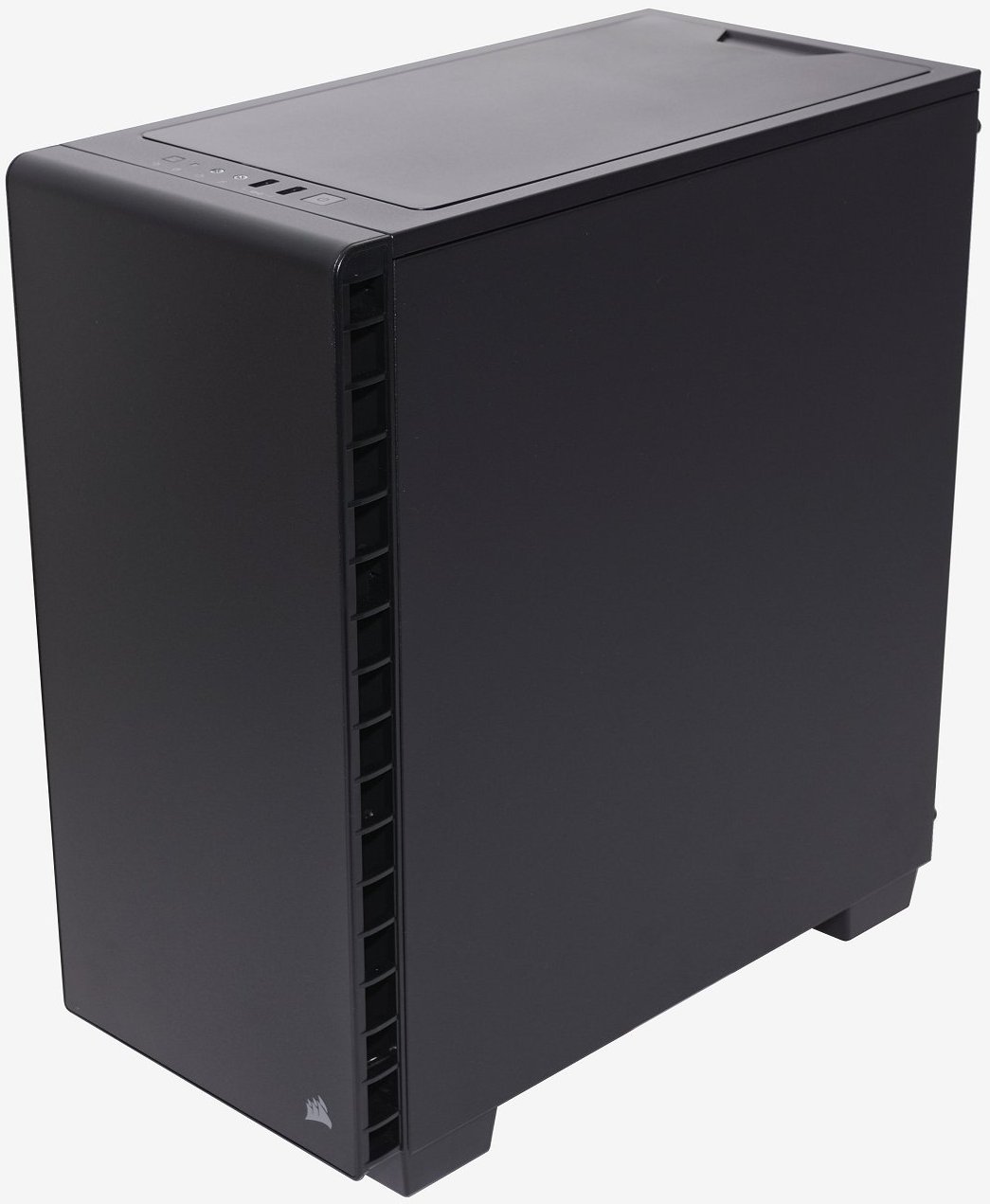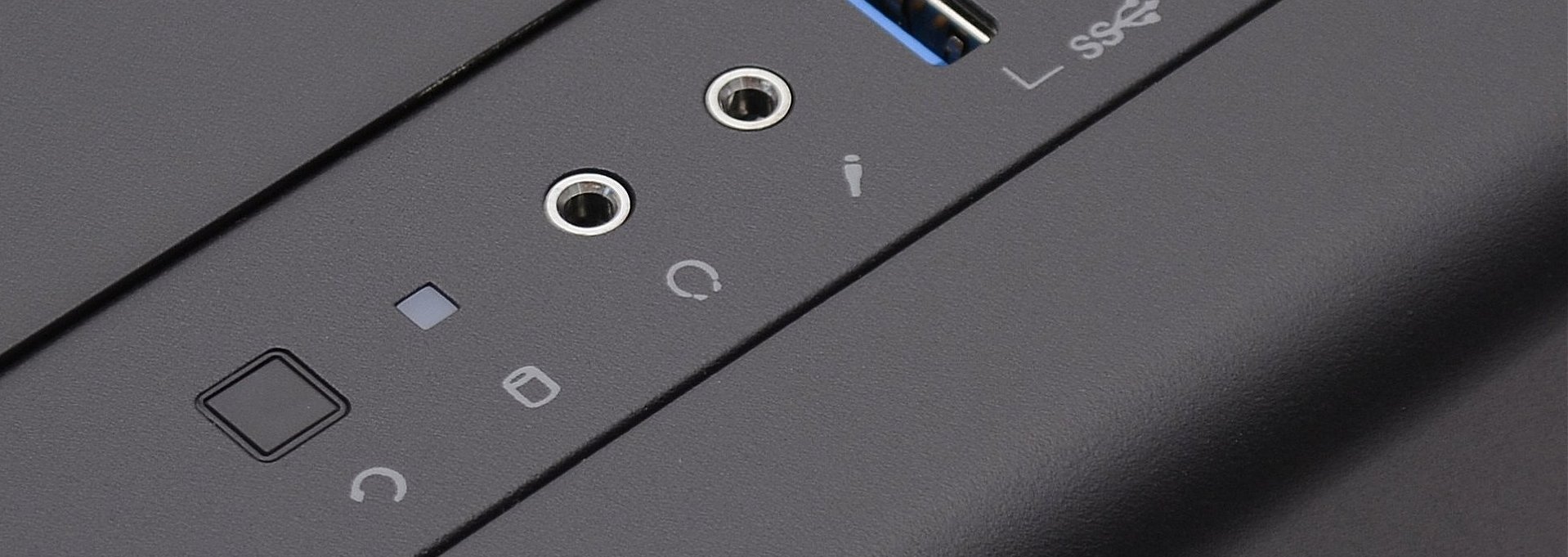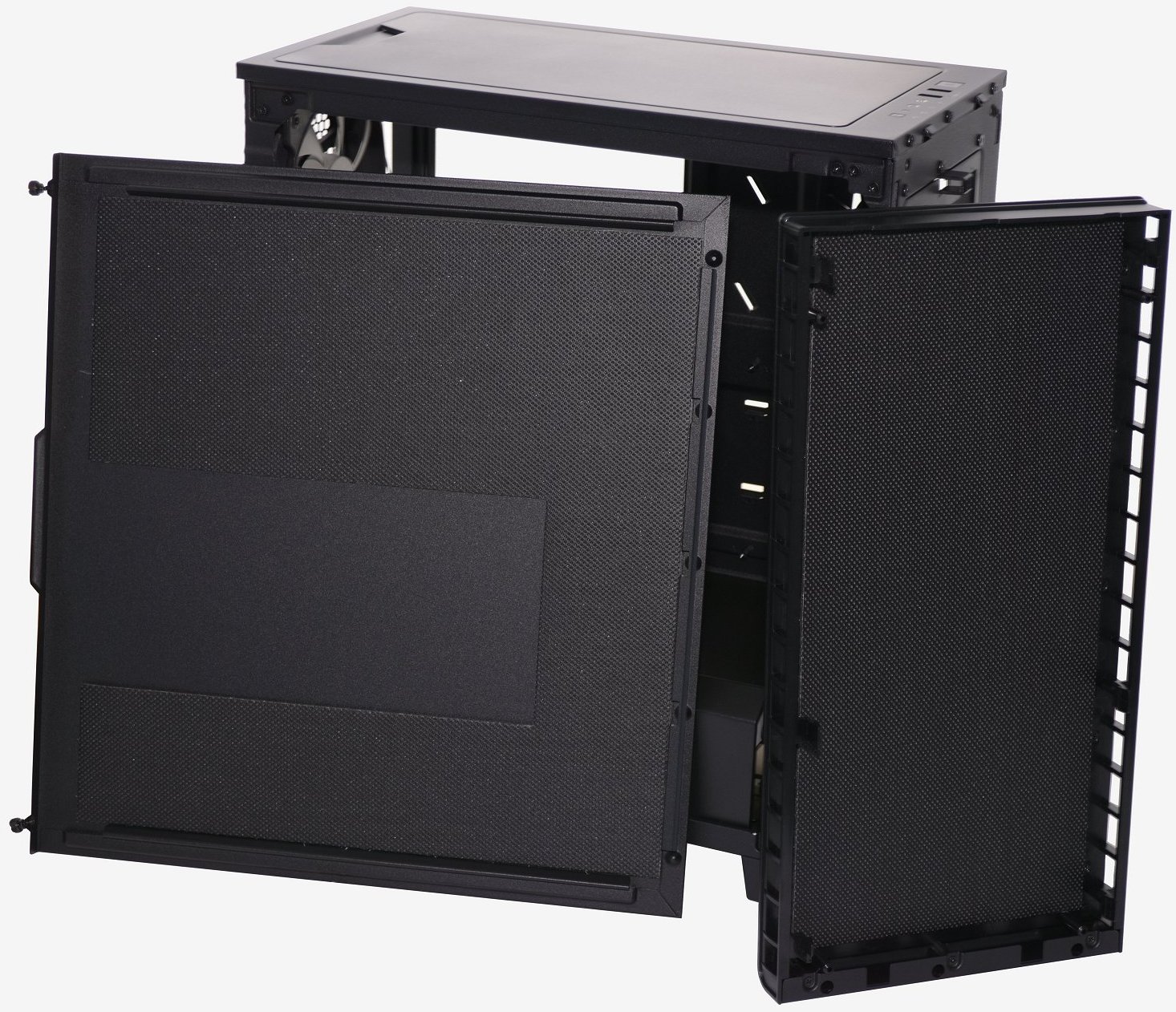Though there was nothing revolutionary about it, Corsair's Carbide Series 600C made a strong impression when we reviewed it last month. The sleek and minimalist mid-tower colored our opinion with its overall build quality, ease of use and inverted ATX layout.
The inverted ATX layout came at no real advantage but we enjoyed what felt like a more simplistic build and it was nice to see the graphics cards facing upwards. The wide stance also let large tower coolers fit with room to spare while leaving loads of space behind the motherboard tray for excess cabling.
Despite our affection for the Carbide 600C, many of you didn't care for the case's top mounted power supply, magnetic front door, vertical top mounted I/O panel and, well, just the inverted ATX layout in general.
With its vast knowledge and experience of case building, Corsair must have foreseen that the 600C wouldn't appeal to everyone so its counteroffer seems premeditated. Just a month later, Corsair is back with the new Carbide 400C and 400Q.
On hand we have the Carbide 400Q, which does away with the inverted ATX layout and returns the power supply to the bottom of the case among other changes: the I/O panel runs horizontally across the top, the ultrawide footprint is gone, the 5.25" drive bays have been removed and therefore the magnetic door has also been scrapped.
The Carbide 400 series then is a more traditional approach that still maintains the clean lines and curved solid-steel exterior of the 600 series for a great minimalist look.
External Design
As was the situation with the Carbide 600 series, there is a clear and a quiet version of the Carbide 400. We looked at the Clear 600C which featured a massive hinged acrylic case door. There is also the Quiet 600Q which replaces the case window with panel that features acoustically deadening material.
We'll be looking at the quiet model with the 400Q and frankly, if you thought the Carbide 600 series was dull then turn away now, as the Carbide 400 series is essentially a diluted version.
The Carbide 400Q is considerably smaller at 465mm tall, 215mm wide and 425mm deep making it a little over 30% smaller at 42L. Despite the massive reduction in size, hardware support remains much the same, though as noted earlier the dual 5.25" drive bays have been dropped.
From the front, the 600Q and 400Q appear quite similar (ignoring the size difference) though again you will notice that due to the removal of the 5.25" bays, the magnetic hinged door is also gone. This makes the 400 series even blander from the front.
The front panel has been constructed mostly from plastic, but in an effort to avoid looking cheap the 400Q has been wrapped in a thin sheet of painted steel and provides a high quality look and feel.
The front panel, which is removable via six quick release tabs, has been lined with sound deadening material and behind we find a large removable dust filter covering a pre-installed 140mm fan.
Moving to the top of the 400Q we find a horizontally positioned I/O panel which will no doubt please a few of you. The panel on the 600 series featured a new gloss black strip which housed the various connectors and switches, this isn't the case with the 400 series. That said, included is the same power and reset buttons from the 600 series, along with two USB 3.0 ports and a pair of audio jacks. The two USB 2.0 ports and fan controller found on the 600 series have been removed.
Whereas the 600 series features a solid top panel the 400 series has been fitted with a removable top panel that is held in place using six magnets and is lined with more sound deadening material.
Underneath the removable panel is a large ventilated section where users can mount two 120mm or 140mm fans and even a radiator. That said, we presume that 400Q owners won't want to do any of that as it would defeat the entire purpose of owning the quiet model.
Like the front and top removable panels, both the left and right side case doors have been lined with more sound dampening material. Both are solid panels secured by a pair of easy to remove thumb screws.
Around the back we find a modern mid-tower layout which, yes, sees the PSU mounted in the bottom. Above that are seven expansion slots, the motherboard's I/O panel and room for a 120mm exhaust fan.
Underneath the Carbide 400Q has been fitted with four standoffs that raise the case 35mm off the ground, this is the same clearance that the 600 series had. There is also a removable dust filter from the power supply fan.









